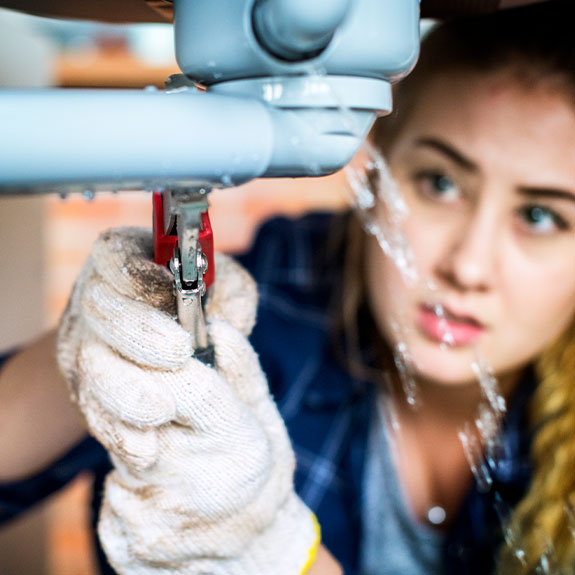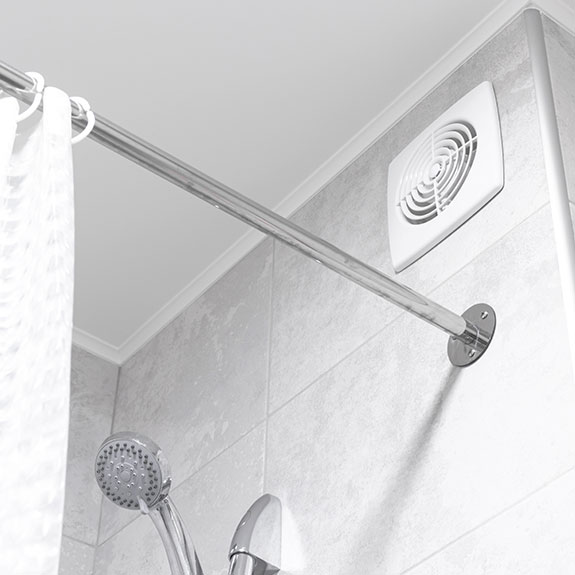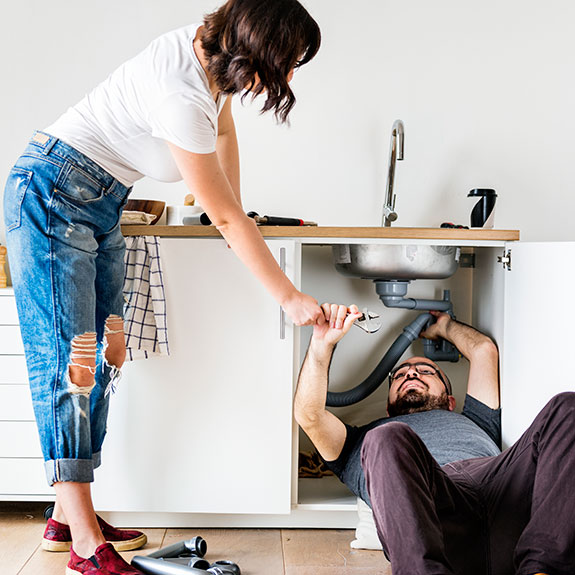When we renovate the bathroom, we expect everything to be spotless, from the shiny tiles to the new bathroom fixtures. However, one of the most frustrating situations is to notice that, after all the work, the bathroom still has an unpleasant odor. Why does this happen? And more importantly, how do you get rid of it?
Fortunately, this problem has a solution. Below, we take a look at the possible causes of odor and the best ways to fix it so your newly renovated bathroom smells fresh and clean as it should.
Why can there be a bad odor in a newly renovated bathroom?
The origin of the problem usually lies in installation faults, although sometimes it can also be due to a lack of ventilation or accumulation of residues in the pipes. In most cases, the bad odor comes from sewer gas leaks, improperly installed siphons or defective seals in the toilet connections.
To detect where exactly the odor is coming from, a detailed inspection of the bathroom should be made. Sometimes the problem is obvious, such as a toilet that is not properly fixed, but other times it is necessary to perform some tests, such as plugging the drains and seeing if the odor disappears. If it does, the problem is in the plumbing or venting system in the bathroom.
Possible causes and solutions for bad odor
A poorly sealed toilet
One of the most common mistakes in a renovation is that the toilet does not fit tightly to the drain, allowing gases to escape from the downspout. This can occur if the connection sleeve has not been sealed properly or if there is a small gap between the base of the toilet and the floor.
To solve this, it is necessary to check the sealing and apply sanitary silicone around the base of the toilet. It is also important to check that the connection sleeve fits snugly into the drain pipe. If the problem persists, it may be necessary to replace the gasket or install a suitable transition sleeve.
Siphons without water or improperly installed
Siphons are essential in any bathroom, as they hold a small amount of water to block sewer odors. If a siphon has dried out or is poorly fitted, the odor will rise up the drains.
If this is the problem, the solution is simple: fill the siphon with water and make sure it is working properly. In some cases, it may be necessary to replace the siphon with a larger capacity one to prevent it from drying out easily. It is also important to check that all toilets are properly connected to the general siphon canister in the bathroom.
Leaking pipes or toilet joints
If there is a poor seal at the sink, bidet or shower connections, sewer gases can leak into the bathroom. This happens when the joints are not tight or if there are small cracks in the pipes.
To detect invisible leaks, a useful technique is to pour dye water down the drains and observe if it appears in places where it should not. If leaks are detected, faulty joints should be replaced and a suitable sealant applied.

Problems with the siphon canister
The siphon trap canister is key to preventing odors in the bathroom, but if it leaks or is not sealed properly, it can become the source of the problem. If the siphon canister dries out, sewer gases will rise without any barrier to stop them.
To solve this problem, the first thing to do is to fill it with water and check if it holds the level. If water evaporates frequently, it may be necessary to change the rubber seal or increase the height of the siphon to improve its water holding capacity.
Lack of ventilation in the bathroom
Even if everything is properly installed, a bathroom without proper ventilation can accumulate unpleasant odors. Moisture, steam from the shower and debris trapped in the drains can create an unhealthy environment.
If the bathroom does not have windows or exhaust fans, at Paratureforma you can find bathroom exhaust fans designed to improve air circulation and eliminate accumulated humidity.

Fouled or clogged pipes
Sometimes, the bad odor in a renovated bathroom is not due to an installation problem, but to the accumulation of waste in the pipes. Hair, soap and cleaning product residue can cause clogs that give off unpleasant odors.
For effective cleaning, you can use specific unclogging products. You can also opt for a homemade solution with baking soda and vinegar.
When to call a professional
If after performing all these checks the bad odor persists, it may be a sign of a more complex problem in the bathroom installation. In these cases, it is best to contact a plumber or sanitation specialist for a more detailed inspection.
Problems such as a faulty community downspout or poorly planned plumbing require professional intervention. Although it may involve additional expense, fixing it in time will prevent major problems in the long run.

Bad odor in a newly renovated bathroom is not something normal and, although it can be annoying, it has a solution. Detecting the source of the problem is the first step to eliminating it for good. Checking the sealing of the toilets, checking the siphons and ensuring good ventilation are key to maintaining a fresh and pleasant bathroom.
If you are looking for effective solutions to avoid bad odors in your bathroom, at ParatuReforma you will find a wide variety of products for renovations that will help you keep your bathroom impeccable.
Why can a newly renovated bathroom smell bad?
The main reasons are usually installation problems such as dry siphons, poor seals at connections or inadequate venting. It can also be due to the accumulation of debris in the pipes or leakage of sewer gases.
How to prevent siphons from leaking water and generating bad odors?
To prevent siphons from drying out, it is advisable to periodically pour water down the drains, especially if the bathroom is not used frequently. You can also install siphons with greater water holding capacity to prolong their effectiveness.


